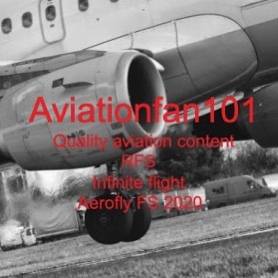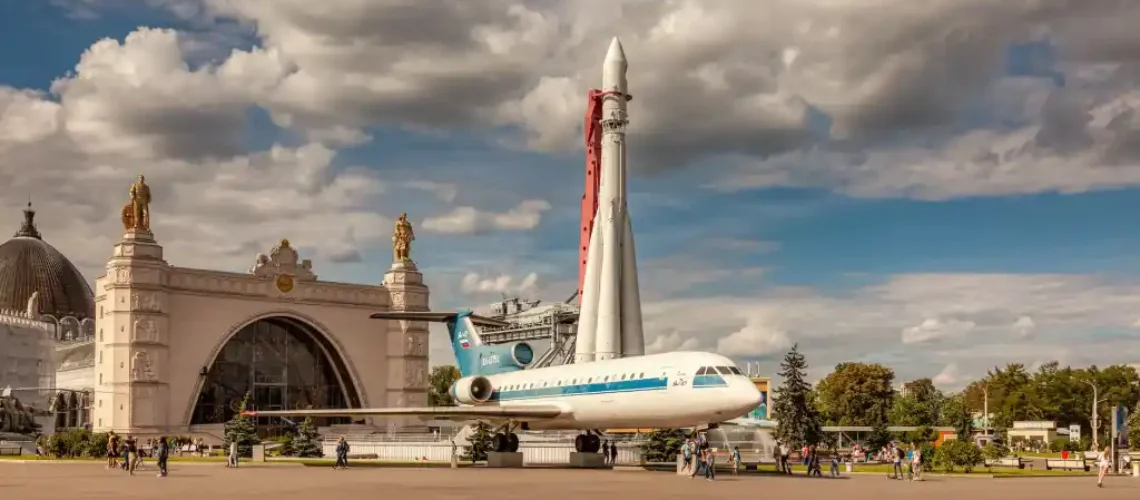According to the latest research done by the HUR, sanctions have become an essential means to accelerate the processes of debilitating the Russian aviation sector. Thus, such a conclusion was drawn by HUR after analyzing the classified documents seized as a result of a composite cyber attack against Rosaviatsia, which is the Federal Air Transport Agency responsible for ensuring flight safety and recording cases of emergency situations.
The hacked data-a list of daily reports from Rosaviatsia over the course of a year and a half-presented a bleak picture of the state of Russia’s civil aviation sector. According to HUR’s analysis, this industry is almost at the edge of collapse because of accumulated sanctions.
For example, in January alone, there were 185 air accidents that occurred, with close to a third falling into the serious incidents category. Compare that with the first nine months of this year: so far, there have been 150 instances of an aircraft malfunctioning, threefold the similar period last year when only 50 cases were reported.
One of the most worrying developments that emerges from the documents obtained by this newspaper is the tendency of Russia to transfer aircraft maintenance in a sort of “guerrilla way” to Iran itself, without proper certification. Such a situation appears to be the result of the capacity and specialist shortages Moscow is facing. The sanctions had made things even more complex.
A number of aviation incidents have been analyzed, which deals with critical component failure, including the cases of engine failures, landing gear failures, and wing mechanism failures, which all point to systemic failures of Russia’s civil aviation sector. The HUR cautions that serious turbulence in the industry creates great risks of a catastrophic crash-a “deadly danger to the population.”
The intensification of sanctions against Russia has clearly been seen to have a deteriorating effect on its aviation infrastructure, raising several questions regarding its safety and reliability record. The findings from HUR reveal complex interplays of geopolitical tensions and the stability of key industries, something that may carry over into consequences for both the Russian government and in the safety of its citizens.


